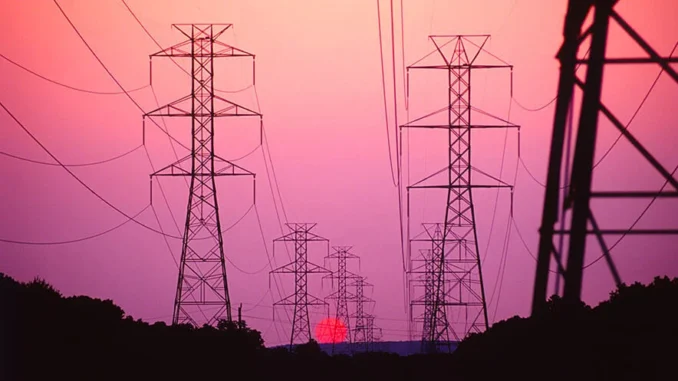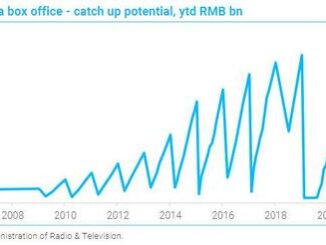
Just a few days ago, the Wall Street Journal published an appropriately titled editorial about “The Coming Electricity Crisis.”[i] The editorial contrasted the disconnect between the enormous increase in electricity demand due to such things as new energy-intensive data centers versus policies from the administration, especially EPA, meant to force the retirement of fossil-fired power plants which currently provide almost 60% of our nation’s electricity.[ii] The WSJ editorial comes on the heels of a front-page article in the Washington Post titled “Amid explosive demand, America is running out of power.”[iii] The Post article points out that economic and technology trends are causing an enormous increase in the demand for electricity, the same trend cited in the WSJ editorial. Both articles add to other unmistakable warnings from the North American Electric Reliability Corporation, members of the Federal Energy Regulatory Commission, grid operators responsible for keeping electricity flowing in major regions of the country, and state public utility commissioners.
The U.S. coal fleet totals slightly more than 180,000 megawatts (MW) of electric generating capacity, or 16% of the nation’s total electric generating capacity.[iv] EPA’s projections show that the coal fleet could disappear almost completely by 2035 because of EPA regulations and federal and state clean energy policies.[v] Even more concerning is that more than 60,000 MW of coal have announced plans to retire over the next five years, with more than 20,000 MW retiring during the next two years. This means we face the high risk of an electricity crisis within the next five years or less.
Announced retirements are subject to change. For example, utilities have already deferred the retirement of almost 14,000 MW of coal-fired generation.[vi] Most of these deferments are due to concerns that retiring coal plants are needed because of growth in electricity demand and/or grid reliability. However, EPA is implementing or developing six rules that are expected to cause more retirements unless they are changed substantially or overturned by the courts.
Problem admiration means being focused on describing and analyzing a problem but not solving it. Responsible parties have been admiring this increasingly dire problem for at least the past six years, with nothing meaningful being done to head it off.[vii] In the spirit of helping to solve the problem, we strongly urge decision makers to take the following steps:
- Before dispatchable electric generating capacity retires, the replacement source of electricity should be built and in operation. This step would prevent electricity gaps that could cause the shortages highlighted by the Post, WSJ, and others.
- The replacement source of electricity should have at least the same accredited capacity and other reliability attributes as the retiring capacity. This step would help ensure an adequate supply of electricity during periods of peak demand and protect the reliability of the grid.
- Additional transmission that is needed to accommodate the replacement capacity should be connected to the grid, a process that can sometimes take as long as 10-12 years.[viii] Also, the enormous cost of new transmission should be considered in deciding whether to retire existing capacity.[ix]
- In addition to the three steps above, grid operators should identify and value all attributes that are necessary for grid reliability. This step would help protect grid reliability. Some grid operators are in the process of doing this now, but the process needs to speed up considerably.
- EPA rules should be designed so they do not cause or contribute to reliability problems. EPA should work closely with grid experts to conduct careful reliability analysis to understand the potential for agency rules to undermine grid reliability.



